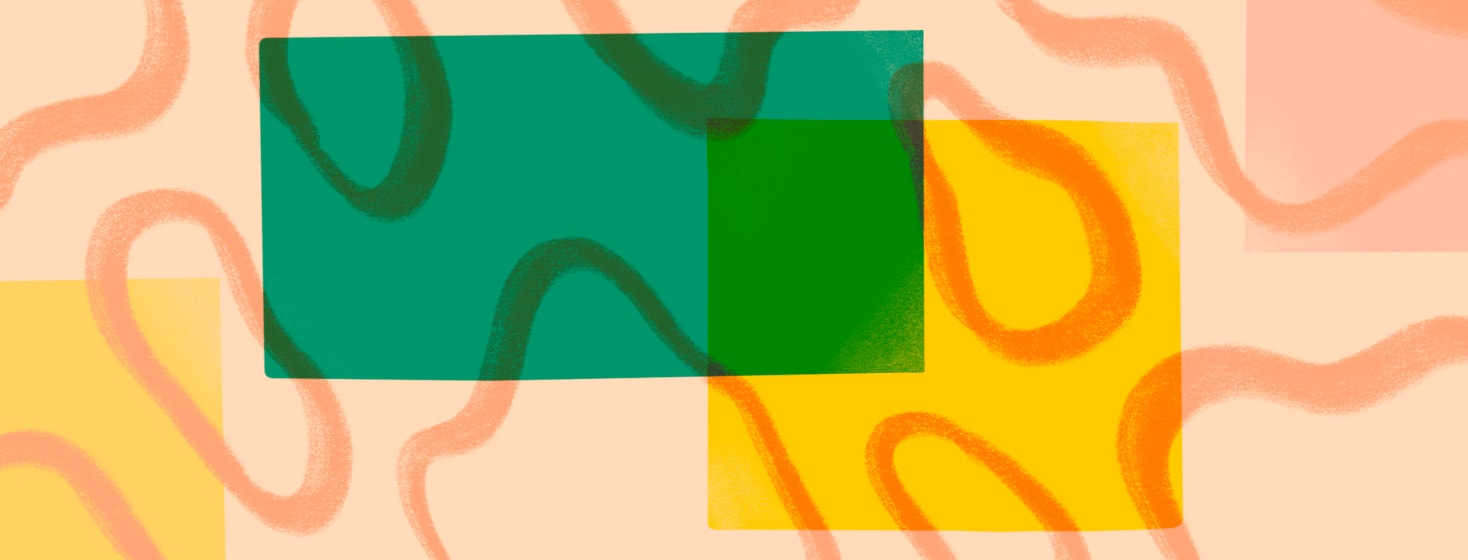All Squares Are Rectangles, But Not All Rashes Are Hives…
You’ve probably heard the saying, "all squares are rectangles, but not all rectangles are squares." I remember hearing this saying for the first time when I was in third grade and we were learning the nuances of shapes. It took a while for my little 8-year-old brain to grasp the concept, but after a short while, the words were engraved in my mind. It is a simple, yet profound statement that can be extrapolated in many different ways. So what do squares and hives have to do with each other? Well, nothing really.
Why medical terms matter
Terminology, especially when medical in nature, can be pretty tricky sometimes. Lay people, myself included, often use some words interchangeably, when in fact they have very specific meanings. For example, a child might say, "my stomach hurts." To a child, the term stomach generally refers to the area between the neck and the legs. But a doctor uses the word stomach to describe a specific organ. This verbiage also applies to words like hives and rashes, and understanding their meaning can be very helpful.
Hives vs. a rash: The dictionary definition
The Merriam-Webster's Medical Dictionary defines these terms as follows:
- Hives: an allergic disorder marked by raised edematous (swollen) red patches of skin or mucous membrane and usually by intense itching and caused by contact with a specific precipitating factor (as a food, drug, or inhalant) either externally or internally
- Rash: an eruption on the body typically with little or no elevation above the surface
Okay, so maybe those definitions are still not the most helpful, but let's explore them a little further.
A closer look at skin conditions
The anatomy of hives (urticaria)
While urticaria is another general term for hives, the spots themselves are called wheals. Wheals are the red, raised areas that blanch, or turn white when pressed. These wheals are what itch and burn. Most hives last for 2-4 hours, although some hives can last more than 24 hours. Hives generally move around on the skin, since they only last for a few hours. More hives can pop up as others disappear.
The most important characteristic of a hive is what causes it. Hives are caused by an allergic reaction. The majority of our body tissues have cells called mast cells. When faced with an allergen, these mast cells rupture, or degranulate, releasing histamine. It’s the release of histamine that leads to allergic symptoms like a runny nose, angioedema (swelling), and hives.
Understanding rashes
A rash, on the other hand, is a change in the appearance of the skin. Rashes have many different causes and are not necessarily caused by an allergen. Eczema and psoriasis are two different kinds of rashes, with two different causes.
Psoriasis is caused by an overproduction of skin cells, which leads to a build-up of cells on the surface of the skin. Eczema is the result of skin irritation, which can be due to an allergy, stress, or factors like heat, cold, or vibration.
Another great example would be a rash from coming in contact with poison ivy; the oil causes irritation of the skin which leads to redness and blisters.
The takeaway: All hives are rashes, but not all rashes are hives
It’s definitely easy to confuse these terms or use them interchangeably. I would say the most important difference to know is that hives are always caused by an allergen which makes the body release histamine. A rash is anything that leads to a change in skin color and/or texture. While a rash can be due to an allergy, it can also be caused by many different things.
Hopefully knowing these terms, and their differences, will help you communicate with your doctor a little bit better next time you are trying to describe what is going on with your skin. As the saying goes, all squares are rectangles, but not all rectangles are squares. The same is true for hives and rashes; all hives are rashes, but not all rashes are hives.

Join the conversation